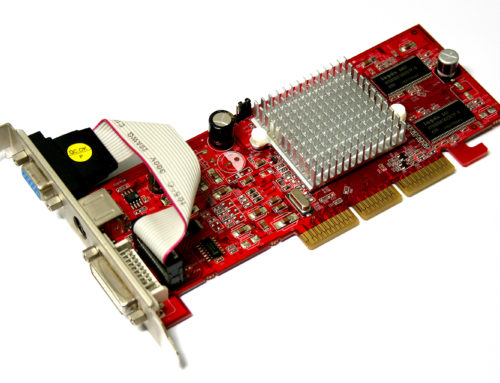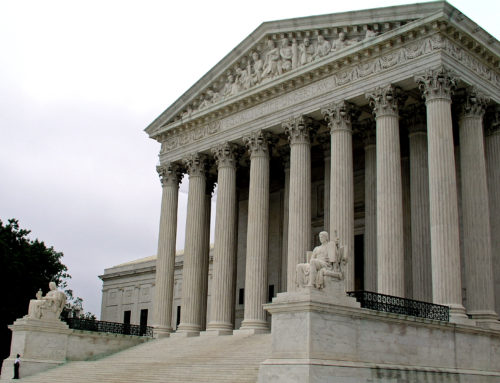Patent Claim Construction
Patent claims, found at the end of patent specification, provide the negative rights to prevent others from making, using, or selling the patented invention. More specifically, patent claims provide the subject matter that the inventor regards as the patentable invention. In litigation, patent attorneys from both sides regularly dispute the construction of the patent claims. One dispute centers around the alleged indefiniteness of the patent claim(s). The patent statutes require that the patentee describe the scope of the claims in sufficiently definite detail to inform the public of the bounds of the protection of the patentable invention. Courts will attempt to define the patent claims whenever the patent claims are amendable to patent claim construction. In other words, simply because it may be difficult to define the patent claims does not render the patent claims indefinite. The key is that the claims are held to be indefinite only where a person of ordinary skill in the art could not determine the bounds of the claims. That is, the patent claims are not insolubly ambiguous. The court will determine whether a claim is definite by analyzing whether on of skilled in the art would understand the bounds of the claim when read in light of the specification. However, when an accused infringer shows by clear and convincing evidence that a skilled artisan could not discern the boundaries of the claim based on the language, the specification, and the prosecution history, the patent is held to be indefinite.
MEANS-PLUS-FUNCTION LIMITATIONS
In many instances, arguments of the patent claim construction relates to patents that utilize means-plus-function limitations. The means-plus-function limitations allow a patentee to claim a means for performing a specified function without expressly claiming a structure for performing that function. Instead, the recital of a “means for” performing a specified function shall be construed to cover the corresponding structure, material, or acts described in the specification or the equivalents thereof. And a claim that uses the word “means” invokes a rebuttable presumption that the patent claim utilizes a means-plus-function clause. Courts have held that using the word “means” provides a strong presumption that the claim is a means-plus-function patent claim, which is difficult for a patent attorney to overcome. The court will follow a two-step approach for construing the means-plus-function patent claim. First, the court will identify the particular claimed function because it will not adopt a function different from that explicitly recited in the claim. Second, the court will look at the specification and identify the corresponding structure that performs those functions. A claim that does not have corresponding structure, as identified either in the specification or in the file wrapper of the patent application, is held invalid for failure to satisfy the definiteness requirement of 35 U.S.C. § 112 ¶ 2. For this reason, patent attorneys tend to avoid means-plus-function limitations.









Recent Comments